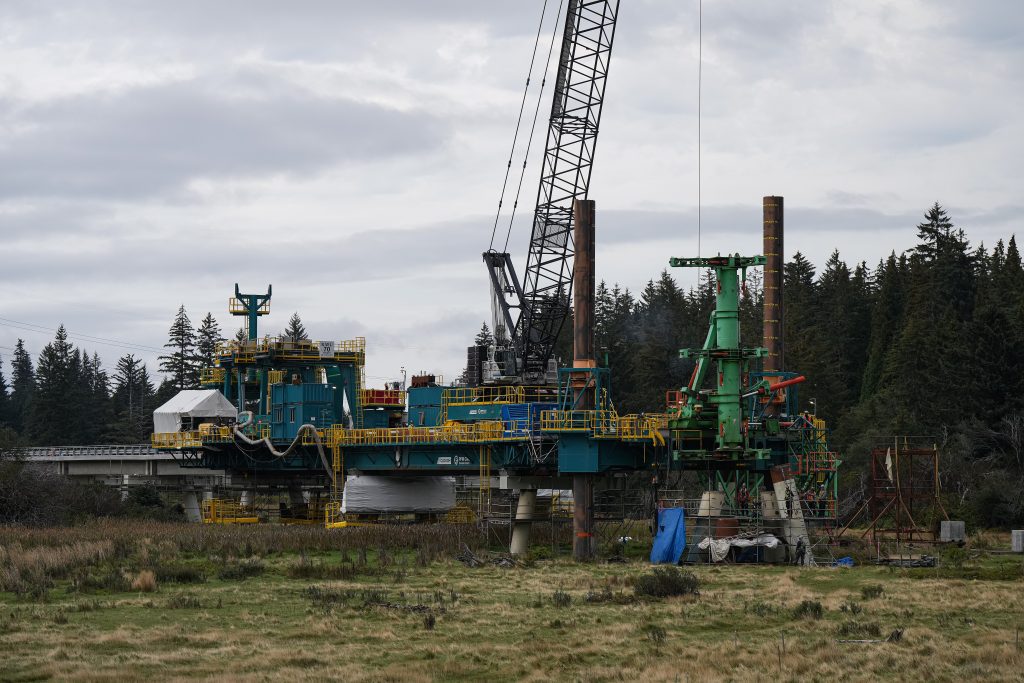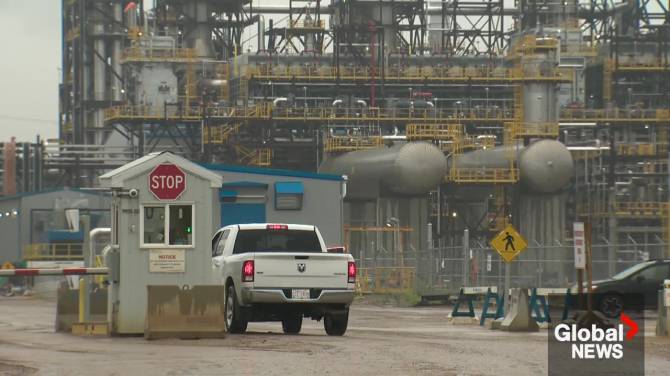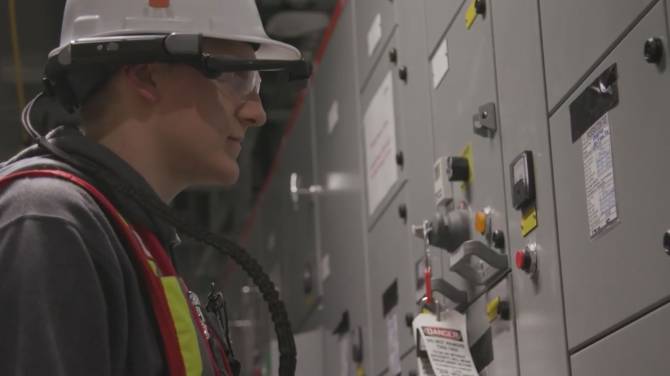Persistent drought conditions are set to pose a challenge for natural gas producers as they try to increase production in anticipation of Canada’s first liquid natural gas export terminal opening, as warned by a new report.
The report by Deloitte Canada points out potential water shortages in Western Canada as a major risk for the oil and gas industry in 2024.
Some of the most severe drought conditions currently exist in northeast B.C. and northwest Alberta, an area central to Canada’s natural gas drilling industry.
The report mentions that Alberta’s government has established a drought advisory panel to initiate water usage discussions, while B.C. Premier David Eby has described the province’s situation as “the most remarkable drought conditions that we’ve seen.”
The use of water is crucial for the natural gas industry; currently, most development in Canada involves hydraulic fracturing, a process that utilizes a combination of water, sand, and chemicals to create pathways for bringing the gas to the surface.
And the drought is happening at a time when the industry expects an increase in natural gas demand, coinciding with the anticipated opening of the LNG Canada facility in Kitimat, B.C. sometime next year.
“It is really interesting to see, because this is the moment the natural gas industry has been waiting for 10 years, and we’ve now got another complication,” said Andrew Botterill, national oil, gas and chemicals leader at Deloitte Canada.
The LNG Canada project, valued at $40 billion, will export liquefied natural gas overseas and give Canadian natural gas access to Asian markets for the first time.
A substantial portion of the $5 billion in projected capital spending in B.C. by oil and gas producers in 2024, according to the Canadian Association of Petroleum Producers, will be driven by natural gas drilling to supply LNG Canada as the project’s completion date approaches.
“I still think companies, especially those who have committed to supplying gas to a very costly LNG plant that’s been constructed, will meet all of those requirements … It’s just going to be more challenging and will likely entail additional costs related to water management,” Botterill said.
In December, the Alberta Energy Regulator cautioned the oil and gas industry about the possibility of restricted access to water in the event of severe drought in 2024. The provincial government has already initiated negotiations in an effort to encourage major users to establish water-sharing agreements.
Meanwhile, the B.C. Energy Regulator has given advance notice of the potential for water restrictions for industrial water licence holders if conditions worsen.
Botterill mentioned that as restrictions are implemented, gas developers will need to consider using alternative water sources more extensively. Utilizing recycled water — which involves treating and reusing previously used fracking fluid — is a possibility, albeit typically more expensive and technically complex compared to using fresh water.
In 2022, as reported by the Alberta Energy Regulator, just over one percent of the water used in hydraulic fracturing operations was recycled water, with approximately 99 percent being primarily fresh water.
“I believe that companies will be able to handle it, but it will require a lot more effort,” Botterill stated.
“I view it as a cost and a difficulty for operations.”





